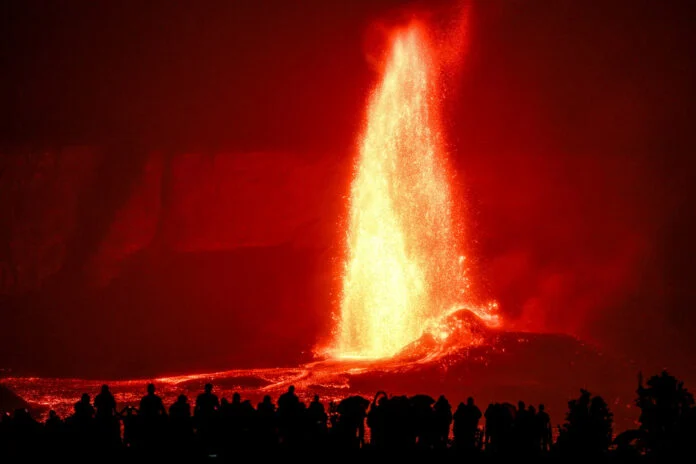BY THE ARCHAEOLOGIST EDITOR GROUP
For centuries, stories about El Dorado, the city of gold, have captivated and intrigued people. It is said to be an extremely wealthy metropolis, with residents who adorn themselves with gold and jewels. Numerous expeditions have set out in search of El Dorado, and the quest has captivated people from all walks of life. But what exactly is the reality behind this urban legend, and why has it persisted for so long?
When Spanish conquistadors first arrived in South America in the early 16th century, they also brought with them the legend of El Dorado. They had heard tales of a city made entirely of gold and were eager to investigate. The story developed and expanded over time, eventually becoming legendary.
The Muisca, a people who once lived in what is now Colombia, are famously associated with El Dorado legends. The Muisca, so the myth goes, had a ritual in which their leader, the "gilded one," would be showered in gold dust before setting sail on a raft made of the precious metal. The people believed that his practice of throwing gold and gemstones into the water would bring them prosperity.
The Muisca civilization collapsed after the Spanish conquest of South America, but the quest for El Dorado persisted. Many attempts were made throughout the years and centuries, but none were fruitful. Some explorers thought they were so close to discovering the city, but their efforts were always fruitless.
Sir Walter Raleigh's search for El Dorado is among the most well-known. In 1595, he led a group of men on a search for the city. Disease and hunger took a heavy toll on the expedition, and they were eventually forced to turn back from their foray deep into the Amazon rainforest. The legend of El Dorado died when Raleigh returned to England empty-handed.
The legend of El Dorado endured despite a lack of evidence. It was widely held that this city existed and that its discovery was imminent. In the early 20th century, a new group of explorers, equipped with cutting-edge equipment and scientific knowledge, set out to locate the city.
Some have speculated that El Dorado wasn't a city at all but rather a living, breathing individual. Historians are divided on whether or not the "gilded one" legend is based on a real-life Muisca leader who was ritualistically doused in gold dust. They contend that it was this ritual that gave rise to the legend of El Dorado, which in turn became the tale of a city of gold.
One alternative is to view El Dorado as a collection of interconnected, prosperous cities and towns. The idea behind this hypothesis is that before the arrival of the Spanish, South America was home to numerous advanced civilizations that were proficient in the use of gold and other precious metals.
The search for El Dorado has persisted to this day despite a lack of hard evidence. Satellite imagery and ground-penetrating radar are two examples of cutting-edge technology being used by modern explorers. Some people think they are getting closer to the truth behind the El Dorado legend after discovering artifacts from long-lost civilizations in the Amazonian jungle.
Finally, El Dorado is an intriguing mystery that has captivated people for centuries. Although the city of gold may only exist in legend, it has nonetheless sparked the interest of many would-be explorers and adventurers. The question of whether or not El Dorado will ever be discovered remains unanswered.







